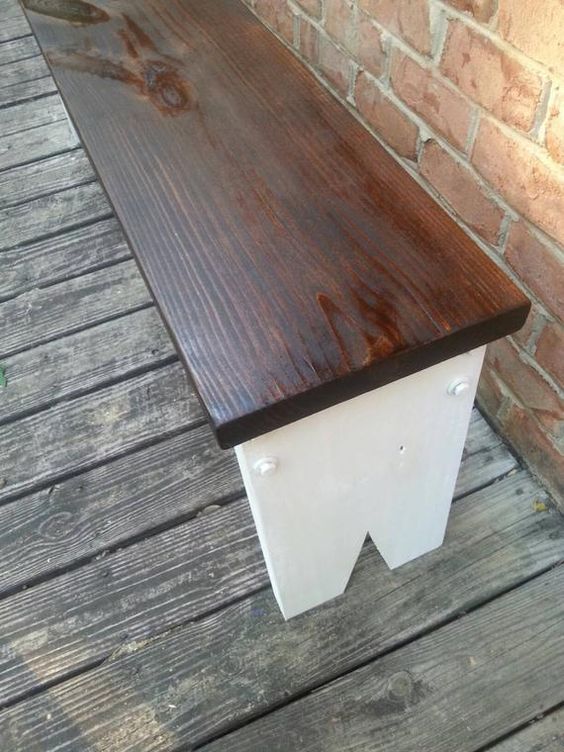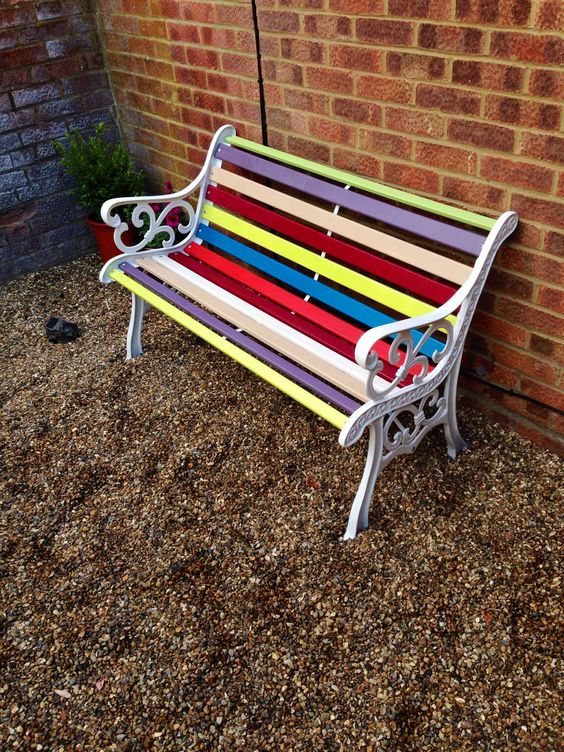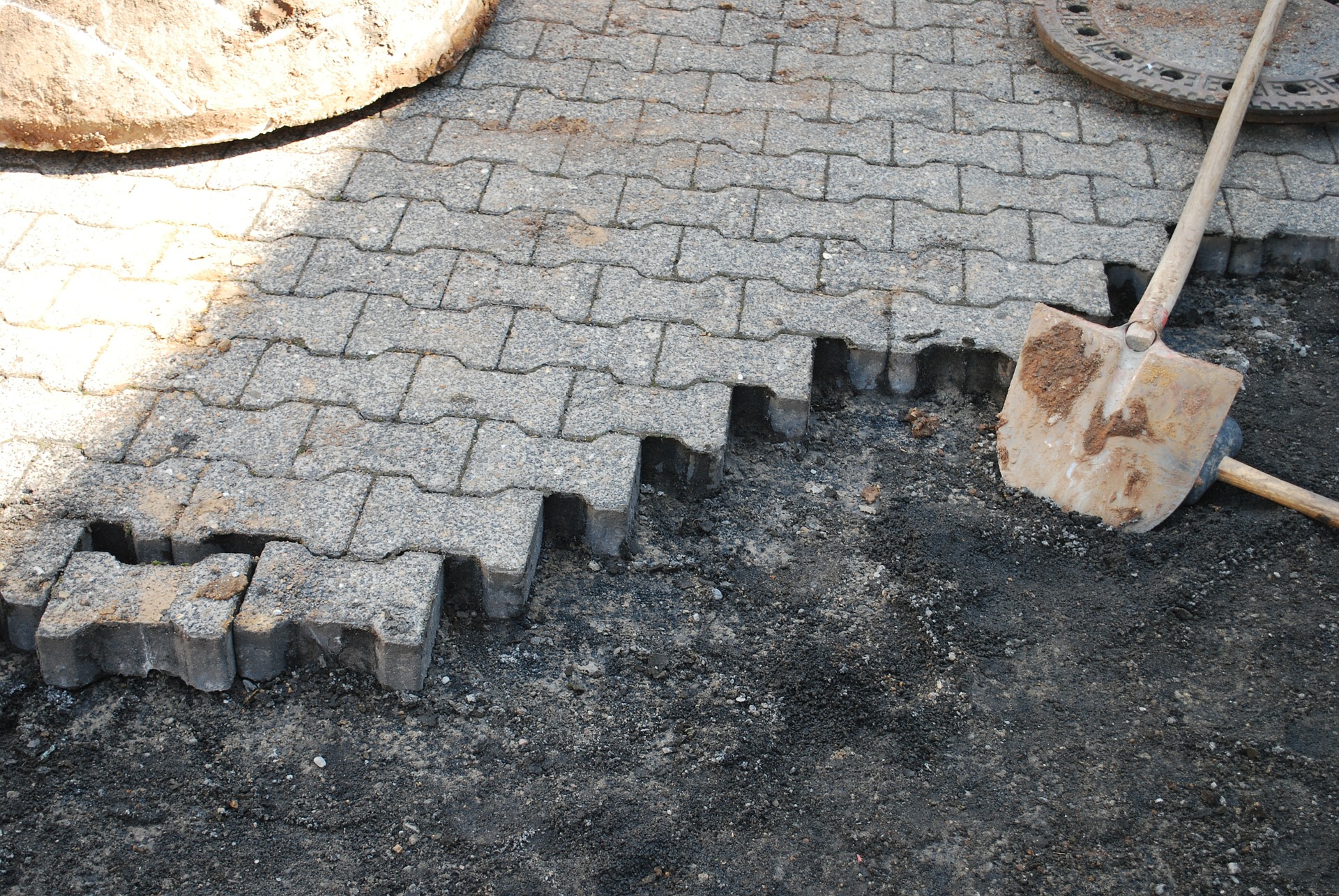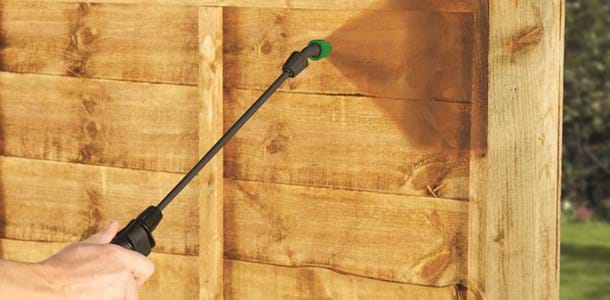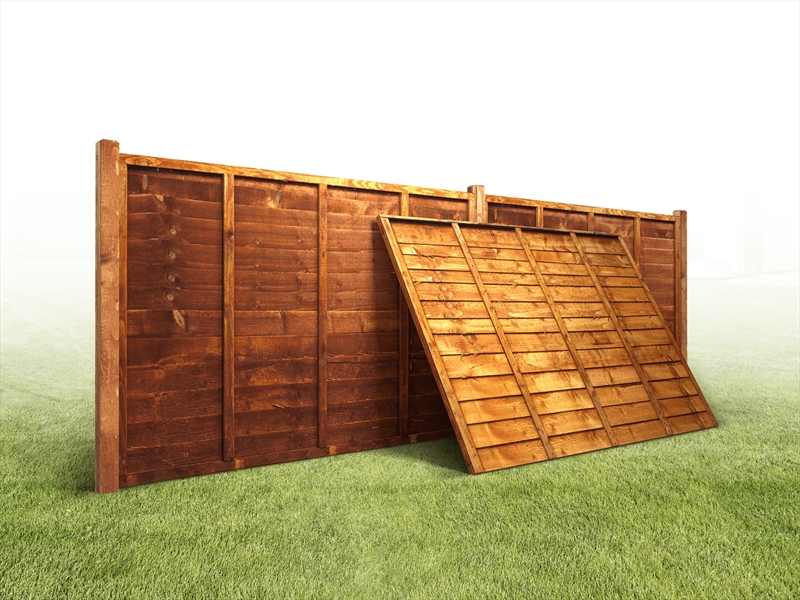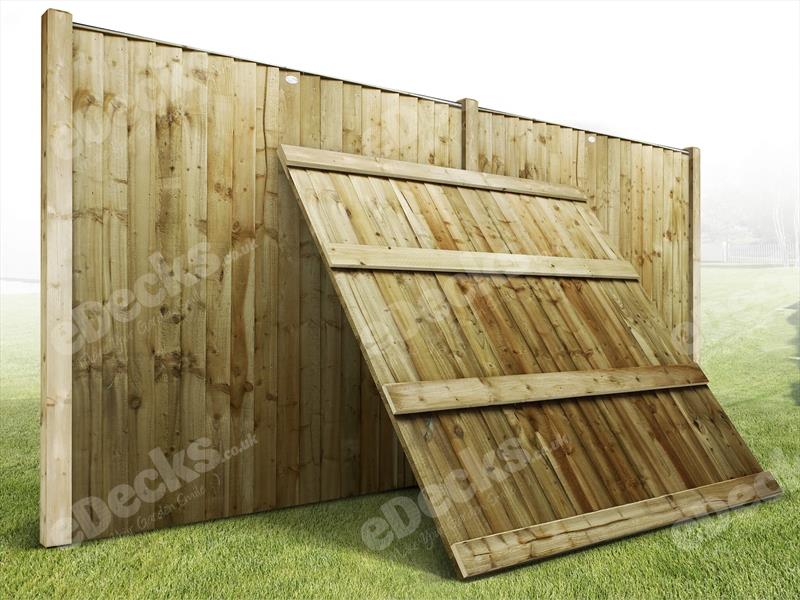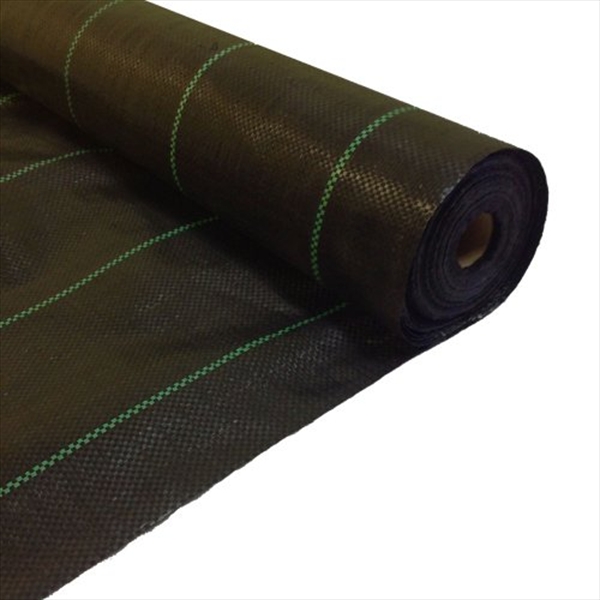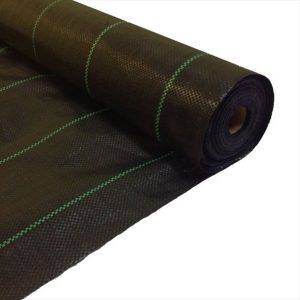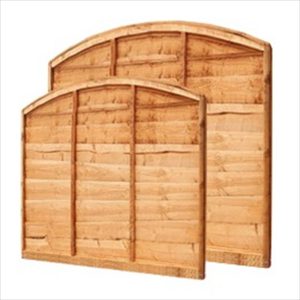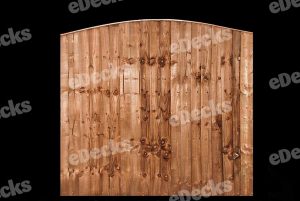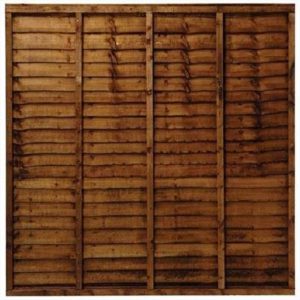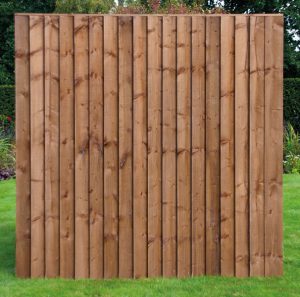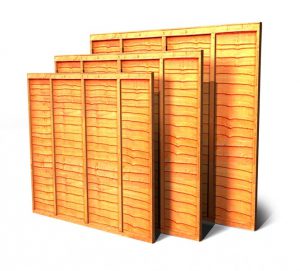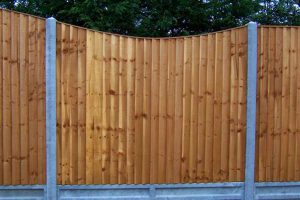When the darker nights draw in and the weather gets colder, it’s easy to forget about our once-beloved garden furniture. They become home to spiders and bugs, fade away with the harsh weather and become unused. We’re here to help you rescue your furnishings, breathe a new lease of life into your garden again and get ready for the warmer weather!
Embrace the natural wood
If your garden furnishings are wood, why not embrace their natural beauty? By using a wood preserver you can nourish the wood whilst adding a natural colour, which will match the natural feel of your garden. Perhaps you want to give your shed a new lease of life whilst in the DIY spirit? Shed and fence preserver allows you to match your newly renovated furniture to your garden buildings!
Natural wood preserves are perfect if your wooden garden furniture is in need of some extra TLC and the colour will last years so you don’t have to keep doing it every summer. You’ll also be able to enjoy your garden as soon as the warm weather returns!
Give your furniture a new life
Why not go bright and bold? We carry a wide range of colourful furniture paint that can bring your garden furniture to life. Adding a pop of colour can turn furnishings into the focal point of your outdoor area. If you’re also short on space it can add a playful touch and brighten up even the smallest of gardens!
If your garden is filled with greenery, it’s a good idea to match your furniture to its prominent colours. By doing this, you highlight the natural beauty of your plants. Why not try one of our bright greens to go alongside bright artificial grass or a neutral grey to match a decking stain or a neutral interior, bringing the inside outside?
Cheat the system
Looking to cut the painting job in half? You can take a shortcut by draping a tablecloth across a tired old table or some brand-new chair cushions can help to transform your furniture from shabby to chic and hide all your sins (just make sure you don’t leave them out in the rain!)
Don’t want to DIY or upcycle? You can always cheat by shopping our great range of garden furniture here at eDecks. We offer beautiful, natural furnishings like garden benches, picnic tables and contemporary dining sets. If you’re inspired to go colourful though, you can always shop for our colourful paints and stains alongside garden furnishings.
Looking for the best deals on upcycling materials?
Check out our amazing deals here on the eDecks website!
We also offer plenty of support and expert advice for most projects – and any products we sell online. Contact eDecks here for personalised advice for your project today.
At eDecks you can not only expect a good deal but also:
Superfast FREE delivery on orders over £150*
48 hour delivery on many products
Handy FREE installation guides (and even instructional videos!)
*Free delivery applies to most of the UK, but some areas may incur a charge, unfortunately – please check the eDecks website for more details.


